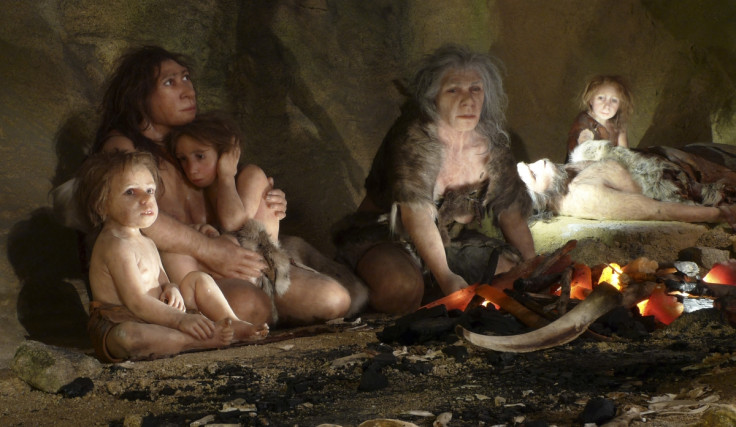Evolution made humans compassionate before intelligent: York University researcher Penny Spikins

Evolution led early humans to develop compassion and kindness before intelligence, a scientist has said.
Penny Spikins, from York University, has said normally we think of human evolution as being driven by intelligence – but this is not the case.
Speaking to the Sunday Times, she said three groups of early human show behaviours relating to kindness and compassion, and that these behaviours developed long before early man started to show signs of intelligence and speech, which started as late as 150,000 years ago.
"Human evolution is usually depicted as driven by intelligence, with empathy and deeper emotions following," Spikins said. "However, the evidence suggests it happened the other way round. Evolution made us sociable, living in groups and looking after one another, even before we had language. Our success since then, including the evolution of intelligence, all sprang from that."
Australopithecines, which lived about three million years ago, carried around pebbles that resembled babies' faces. The Makapansgat pebble, which had pits and markings that looked like a face, was found in a South African cave in 1925.
This group of ancestors to the genus homo (humans) had brains about a third of the size of modern humans and have previously been described as the "killer ape" – a name considered unfair by Spikins.
"What is remarkable is that this pebble was carried several miles back to its cave by an australopithecine. Did it remind them of a baby? It is impossible to tell for sure but this is not the only tantalising sign of something perhaps approaching tenderness."

Fast-forward 1.5 million years, and evidence suggests Homo ergaster cared for their sick, while Homo heidelbergensis, from 450,000 years ago, are believed to have nursed disabled children.
"[Evidence suggests] early humans' survival would have depended on co-operation," she said. "Aggressive or selfish behaviour would have been very risky."
Spikins published her findings in the book How Compassion made us Human. She points to a 250,000-year-old axe that contained a fossilised scallop to decorate the tool – suggesting humans had developed a sense of aesthetics and beauty.
"A uniquely human feeling lies behind both the creation of such finely crafted tools and caring for the vulnerable. It suggests early humans, from two million years ago, were emotionally similar to us."
Speaking about the subject of emotion among Neanderthals previously, Spikins said: "Compassion is perhaps the most fundamental human emotion. It binds us together and can inspire us but it is also fragile and elusive. This apparent fragility makes addressing the evidence for the development of compassion in our most ancient ancestors a unique challenge, yet the archaeological record has an important story to tell about the prehistory of compassion.
"We have traditionally paid a lot of attention to how early humans thought about each other, but it may well be time to pay rather more attention to whether or not they 'cared'."
© Copyright IBTimes 2025. All rights reserved.


















